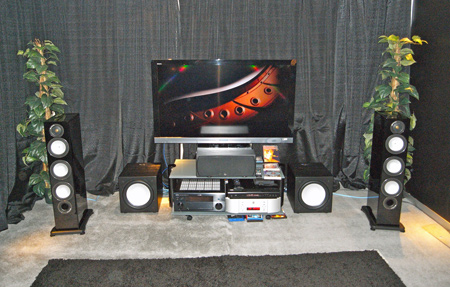
An apology
- Read more about An apology
- Log in or register to post comments
This just in
- Read more about This just in
- Log in or register to post comments
Beer won't clog these buttons
Beer won't clog these buttons
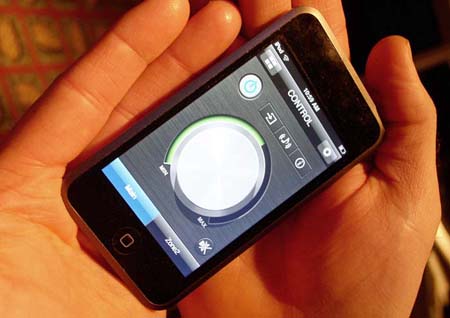
- Read more about Beer won't clog these buttons
- Log in or register to post comments
Oracle’s Micro Vibration Stabilizer System
Oracle’s Micro Vibration Stabilizer System
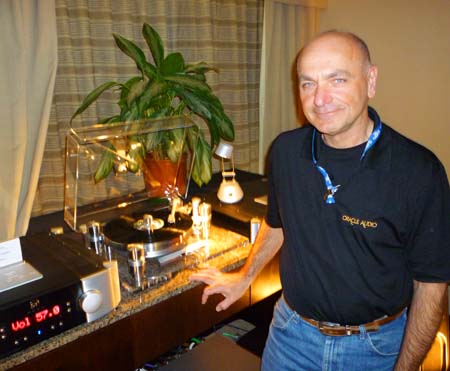
- Read more about Oracle’s Micro Vibration Stabilizer System
- Log in or register to post comments
Heart and Soul from CDF and VTL
Heart and Soul from CDF and VTL
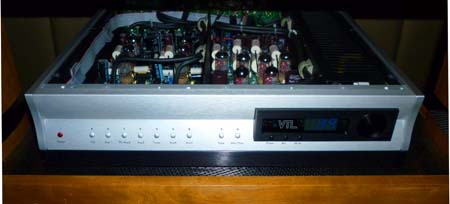
- Read more about Heart and Soul from CDF and VTL
- Log in or register to post comments

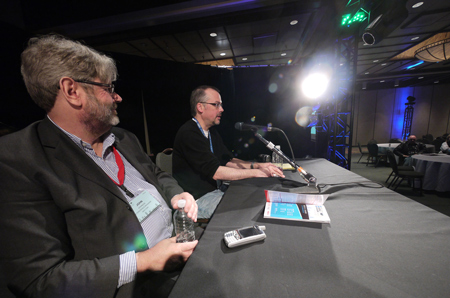
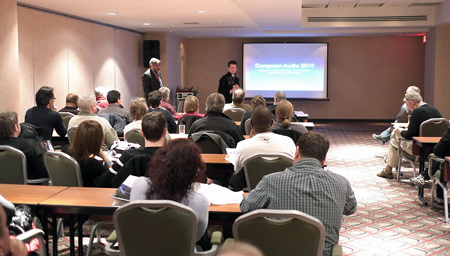

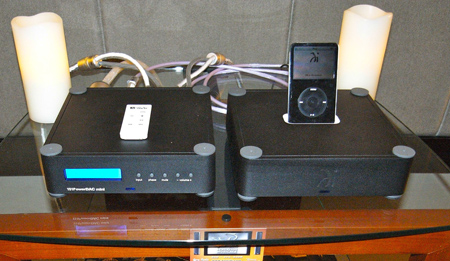

Recently, in an attempt to divert my own attention, and perhaps that of some others, from the deliberate destruction of America, I offered up a bit of humor. The reaction, with one exception, was so negative, that, instead of just walking away, I struck out in many directions with anger and nastiness. For that, I apologize.